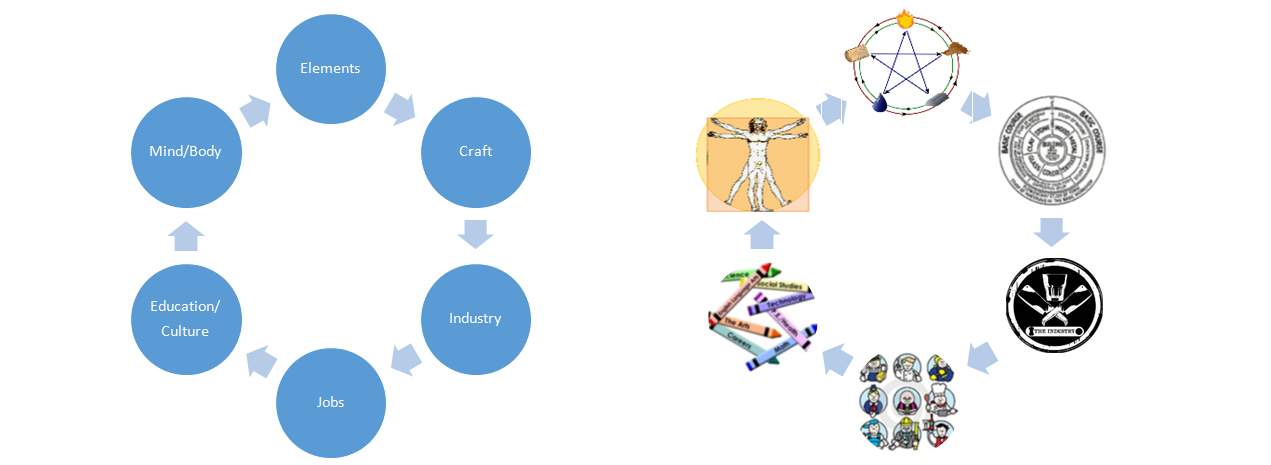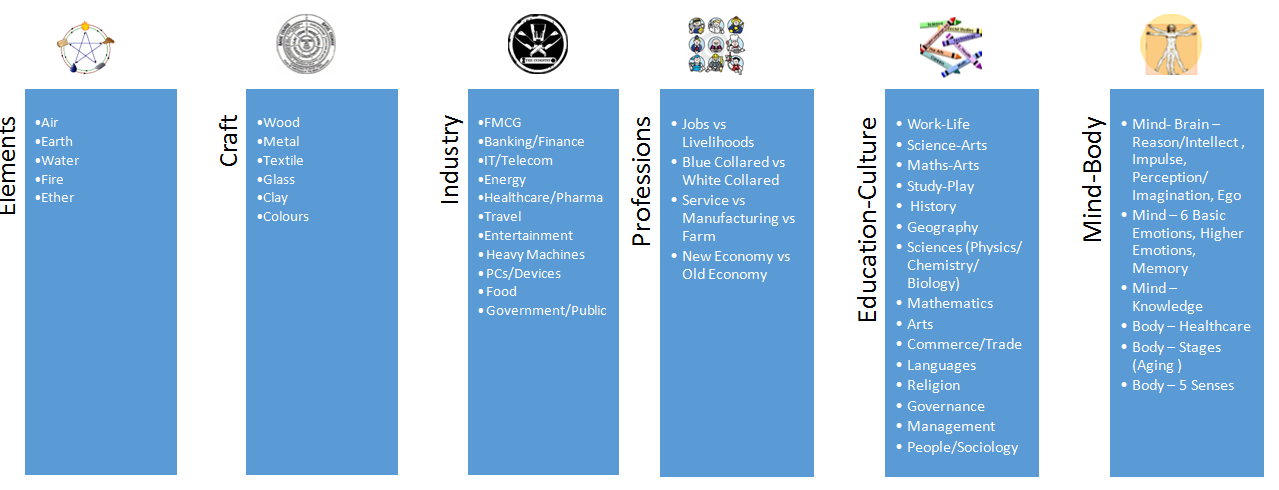
The Unity of all Things
“In ordinary life, we are not aware of the unity of all things, but divide the world into separate objects and events. This division is useful and necessary to cope with our everyday environment, but it is not a fundamental feature of reality. It is an abstraction devised by our discriminating and categorising intellect. To believe that our abstract concepts of separate ‘things’ and ‘events’ are realities of nature is an illusion.
The most important characteristic of the Eastern world view – one could almost say the essence of it- is the awareness of the unity and mutual interrelation of all things and events, the experience of all phenomena in the world as manifestations of a basic oneness. All things are seen as interdependent and inseparable parts of this cosmic whole; as different manifestations of the same ultimate reality. The central aim of Eastern mysticism is to experience all the phenomena in the world as manifestations of the same ultimate reality. This reality is seen as the essence of the universe, underlying and unifying the multitude of things and events we observe. The Hindus call it Brahman, The Buddhists Dharmakaya (The Body of Being) or Tathata (Suchness) and the Taoists Tao; each affirming that it transcends our intellectual concepts and defies further explanation. This ultimate essence, however, cannot be separated from its multiple manifestations. It is central to the very nature to manifest itself in myriad forms which come into being and disintegrate, transforming themselves into one another without end.
A careful analysis of the process of observation in atomic physics has shown that the subatomic particles have no meaning as isolated entities, but can only be understood as interconnections between the preparation of an experiment and the subsequent measurement. Quantum theory thus reveals a basic oneness of the universe. It shows that we cannot decompose the world into independently existing smallest units. As we penetrate into matter, nature does not show us any isolated ‘basic building blocks’, but rather appears as a complicated web of relations between the various parts of the whole.” – (Fritjof Capra, The Tao of Physics)
Classification/Taxonomy is the Master-Key to Content Creation

The Product
What We Do-
Prioritization – Visuals First, Related Data Second, Words to add value to Visuals
Interconnectedness – Big Picture & Little Details
Classification – Taxonomy, Library Management
Written Content – Meaningful , Knowledge-rich, Positive, Global Unity, Philosophy rich, Multi-lingual ( English baseline)
Integrated Pictures, Words & Numbers – Graphics/Illustrations, Maps/Vectors & Words , Analytics
Unity of all Things – 6 Steps Framework to Integrate all Content
What We Don’t Do –
Not News Reporting
Not Media/ Magazine Journalism
Not Rating / Ranking Chart-makers
Not Website Development
People Resource –
In-house Payroll Staffing – (Librarians, Editors, Writers, Analysts, Researchers, Photographers, Painters, Animators ) + (Arts, Science, Maths, Commerce) + (Philosophers, Linguists)
Research Resource –
Books Library, Digital Archives, Media ( Films & Music) – Copyright free Texts & Images , Maps ; Rare & Out of Print
Weblinks
(A) Visual Content Trends :
https://blog.bufferapp.com/a-complete-guide-to-creating-awesome-visual-content
http://3.7designs.co/blog/2010/07/ten-laws-to-design-by/
http://blog.hubspot.com/marketing/visual-content-marketing-strategy
(B) Data Visualization :
http://datamatic.co/
(C) Content Marketing Trends :
http://www.slideshare.net/hschulze/b2b-content-marketing-report-40688285
http://www.curata.com/blog/content-marketing-statistics-the-ultimate-list/
